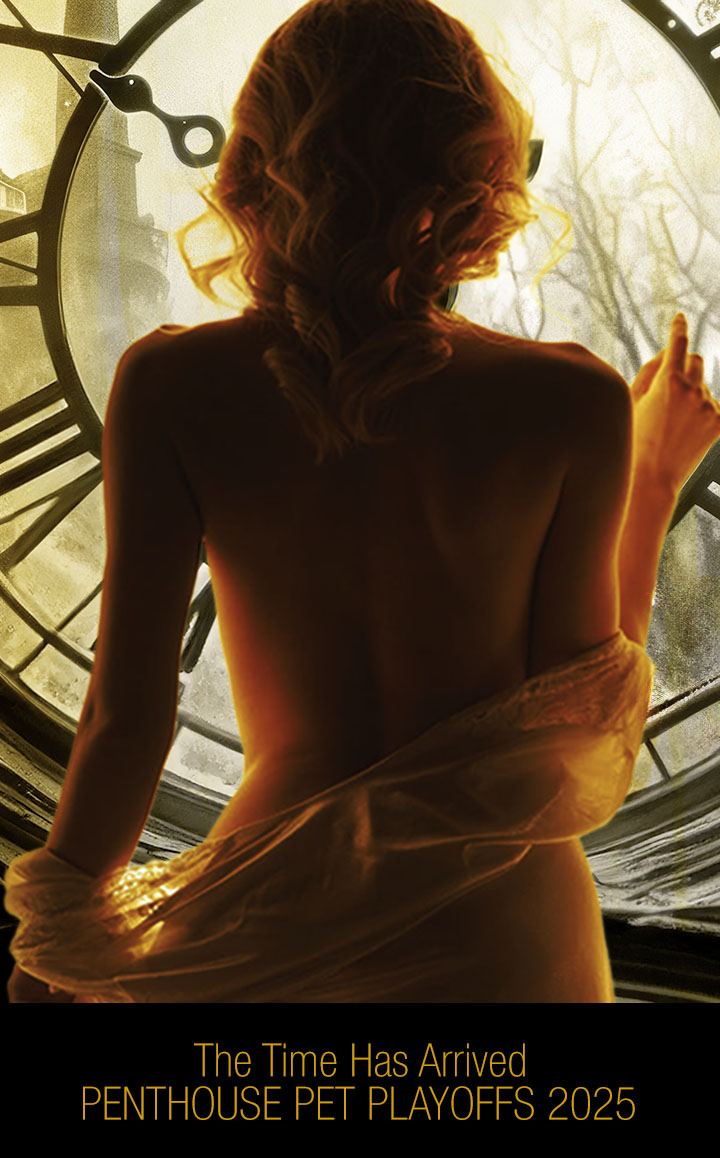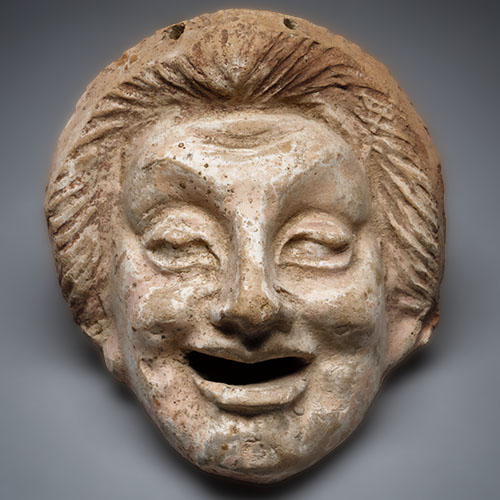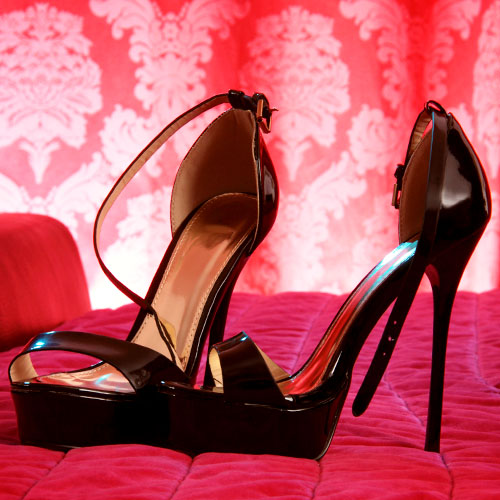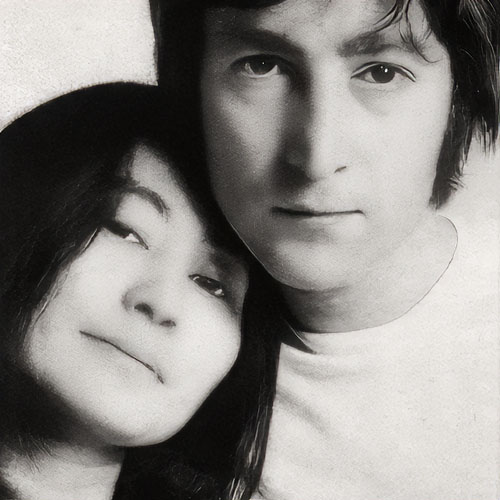Quick — can anybody name our reigning Miss America?
Most Famous Miss America in History
Photographs by Tom Chiapel and Jonathan Aaron
How about any four out of the last dozen? If you are able to answer these questions, you’re probably in the minority. Because although most of the anointed hope to parlay their title into a showbusiness career, the runway is littered with the detritus of disappointments and dashed dreams. Sadly, the high point of a Miss America’s reign comes during her first week, a whirlwind of major-league talk-show appearances. But after schmoozing with Johnny, Jay, or David, it’s usually pretty much downhill over the years – a rubber chicken ride to Rotary Club oblivion. But there is one former Miss America whose champagne wishes and caviar dreams came true in a very big way.
And she’s the one they said was all washed up.
Born on March 18, 1963 Vanessa Williams was raised in Millwood, Westchester County, New York, by her public school music-teacher parents, Milton and Helen. According to Mainstream America magazine, Vanessa has to practice the piano daily, and at age seven, she showed her displeasure by packing her stuffed animals and hitting the road – only to return before nightfall. When she was ten, she defied her mother’s orders not to give anyone a ride on the back of her bicycle. A minor crack-up resulted, wherein our heroine chipped a tooth and permanently scarred one leg.
She became involved with theater in high school, winning a musical-theater scholarship to Syracuse University in 1981. After the funds ran out in 1983, Vanessa entered the Miss New York race in order to win more scholarship money. Then she went on to compete for the Miss America title in September 1983, becoming the first black woman to win the crown. Although she was certainly proud of her breakthrough status, it still rankled Vanessa when reporters emphasized her race above all else. Almost as widely reported was the fact that she was the first Miss America who did not cry during her inaugural walk.
For the next ten months, she faithfully discharged her duties as the nation’s first black, non-crying Miss America. But even then there was something else about Vanessa that set her apart. Looking back on that time eight years later, she told Entertainment Weekly, “Maybe it was to my advantage that I wasn’t as hungry as those other girls, the ones who were bred to do this. I was certainly one of those people who said it was a joke. I think of myself as a feminist and pretty liberal, and there are aspects [of the pageant] that are pretty exploitative. You realize it once you are on the circuit.”
In July 1984, her tour on the circuit came screeching to a halt.
When word got out that Penthouse’s 15th anniversary edition would reveal that the empress wore no clothes, Vanessa closeted herself in a conference with 71-year-old Albert A. Marks, Jr., the pageant’s non-salaried chairman. According to Marks, when Vanessa first told him about the photos, she made the session sound fairly innocuous – ”a little pearl here, a few drapes there,” he recalled. The board of directors was almost ready to exonerate her – until a Fed Ex package containing the pictures arrived during their meeting.
“As a man, a father, a grandfather, as a human being,” Marks fumed, “I have never seen anything like these photographs. Ugh. I can’t even show them to my wife.”
He suggested (on behalf of the organization) that she relinquish the title.
The day before her decision to abdicate, Vanessa’s father was telling reporters, “They’ll have to pull the crown off her head – my daughter is a feisty young woman.” Pageant attorney Leonard Horn conceded that there was “no specific language in the [Miss America] contract saying that she cannot pose in the nude.” He could only invoke the pageant’s “moral “ leverage.
In the Royal Ballroom at New York’s Sheraton Centre on July 23, Vanessa read from a statement: “I am not a person who gives up …. It has never been my desire to injure the Miss America Pageant. … I must relinquish my title.” The scepter would pass to first runner-up Suzette Charles. Once again, Vanessa did not cry.
She was allowed to keep the approximately $10,000 she had earned in personal-appearance fees while holding the title, plus her $25,000 college scholarship.
Meanwhile, news about the upcoming Penthouse nudes knocked Geraldine Ferraro’s vice-presidential nomination and the 23rd Olympiad out of the spotlight. During the period before the magazine hit the stands, Penthouse and Bob Guccione received several hundred bomb and assassination threats. On July 23 the September Penthouse went on sale, and the death threats ceased.
Two days later copies were being sold for $35 apiece, and some intrepid entrepreneurs were charging from two to seven dollars per peek! By the end of the week, no fewer than five million copies had been snapped up – a virtual sellout – prompting Bob Guccione to order a print run of 750,000 more. A bona fide record-breaker, the edition raked in $24 million in newsstand sales. No other single issue of any magazine had ever generated that amount of money.
So why was the story so newsworthy? “The public’s basic distaste for hypocrisy, their love for scandal … for punching holes in the establishment, their hatred of liars, their sanctimony, and their own implacable sense of guilt,” stated Guccione. “The Miss America Pageant is really a commercial enterprise,” he mused. ’A business proficient in the exploitation of women for profit; an organization created to promote business in Atlantic City. All we did was puncture a very pompous balloon.
“I didn’t punish Vanessa Williams, I published her! I did precisely what she wanted me to do – me, or anyone else. I published the pictures she posed for. That’s why she signed a model release, because she wanted to see her pictures published!”
The country was in an uproar for weeks – everyone had an opinion. The mayor of Talladega, Alabama, demanded the keys to his city back. Gillette, American Greetings Corporation, and the Kellogg Company banished Vanessa’s visage from their respective displays, greeting card ads, and cornflakes boxes. A People news poll drew its biggest response in history; more than 8,000 readers wrote in, 61 percent saying Vanessa was rightly stripped of her title. “She is a slut,” spat Venus Ramey, Miss America 1944. Although she had appeared in 1983 on a “Bob Hope Goes to College “ television special, Vanessa was unceremoniously dumped from Hope’s upcoming show at the Carleton Celebrity Dinner Theatre in Bloomington, Minnesota.
But Joseph Papp still wanted Vanessa to audition for the part of Musetta opposite Linda Ronstadt in his Public Theater production of La Boheme. New York Times columnist William Satire chastised the pageant for its hypocrisy, writing, “Miss America lost her virginity when Atlantic City legalized gambling and invited the nation’s suckers to come and play.” A People poll respondent observed that “the Miss America Pageant herds young women about like prize cattle, but when their blue-ribbon cow appears in another fair, they turn her into hamburger.”
Vanessa wasn’t the only player who was vilified. Penthouse publisher Bob Guccione and commercial photographer Tom Chiapel were pilloried by much of the public and press as evil incarnate. At the root of the controversy lay the infamous model release.
After first being approached by a couple of go-betweens, Guccione refused to have anything to do with the photos until he was able to deal directly with Chiapel. Then he had the photographer thoroughly investigated. Chiapel signed a sworn statement, and Vanessa’s signature on the model release was verified by two nationally renowned handwriting experts. It wasn’t difficult to obtain signatures for verification; Chiapel, for whom Vanessa had worked, provided numerous signed and canceled checks, plus her signed employment appIication form. “I would never publish a photograph of a girl without a release,” Guccione explained. “Otherwise, they would take me to the cleaners.”
Tom Chiapel was a 34-year-old commercial photographer living in Westchester with his wife and two daughters. An Ansel Adams admirer, he had shot action pictures for sports magazines and commercial work for ad agencies, but he prided himself on his art photography. Self-taught, he developed his own high-contrast lighting techniques to create what he calls “sculptural “ nudes. When the story broke, Chiapel and his family were besieged. One tabloid reporter remarked that his editor threatened to publish pictures of Chiapel’s children if the photographer refused to grant an immediate exclusive.
Vanessa first came to Chiapel’s studio in the summer of 1982 to have her portfolio done. She said she was an actress who wanted to model. At the time Chiapel was looking for a makeup artist and receptionist. Vanessa heard about the opening, and when she came back to pick up her photos, she cited her theater experience. Chiapel and his partner thought she was pretty and articulate; they knew she’d make a great they receptionist, agreed and to teach her more about makeup. Vanessa studied hard, Chiapel recalled, reading books on the subject. She did well.
Chiapel told Bob Guccione in a Penthouse interview that he and Vanessa became friends. He said she discussed her boyfriends with him, and even talked about her sexual fantasies. She enjoyed partying and dancing. He remembered the day when he was looking at pictures he had shot of two other female models. Vanessa came into the office and said she thought the photos were very, very sexy.
“I think it would really be sexy to pose with another woman,” she told him. “I think it would be an erotic experience.” Chiapel offered to get a model. He recalled that after the first shoot, Vanessa went around with the pictures and showed them to several of her friends. “She was really proud of them,” he told Penthouse.
As for the photo release, Chiapel said that he gave her the “normal A.S.M.P {American Society of Magazine Photographers] release, which is standard of the industry.” She took it home and brought it back signed. (“one of the things that we told all of our models, Vanessa included, was, ‘Always read your releases.’”)
Vanessa worked for Chiapel for about three months, leaving to return to school in the fall. She had posed for the “lesbian” pictures a year before her Miss America bid, a mere eight months before entering the Miss Greater Syracuse pageant. Obviously, this was an experience she thought wise to omit from her pageant resume.
And it wasn’t the only one.
Unbeknownst to Chiapel, approximately one month after she had posed for him, Vanessa sat for another series of nudes – this time for photographer Jonathan Aaron. For this particular portfolio, Vanessa tricked herself out in handcuffs, chains, and leather harnesses. The saucy, S & M-tinged series debuted in the January 1985 edition of Penthouse.
Wags quickly labeled the event an “aftershock.”
“Vanessa Williams has never been a victim,” observed photographer Aaron. “[She] had mastered the art of being looked at. She had a great sense of her own sexuality… . She was quite comfortable expressing herself as a sexual person.”
In Aaron’s opinion, she should have fought for her crown.
When it began to look as though Vanessa would lose her title, Guccione contacted her lawyer with an offer. “I said that if she lost her job with the pageant, we would hire her to do precisely the same work for us that she was doing for them at twice the price, namely, $250,000 per annum. No more photographs, just traveling around the country promoting the magazine… I also offered, assuming she lost her crown, to fully finance any action she cared to bring against the pageant …. “ Her lawyers took it into consideration, but called back 24 hours later and rejected both offers. In November 1985 Vanessa brought $650 million worth of lawsuits again Penthouse and the two photographers, claiming the publication of photos had violated her civil rights and caused her public distress and lost opportunities. She claimed that she had never intended the photos to be published. (This in spite of the fact that she had willingly posed, signed a release, and told people at the time that she was pursuing a modeling career.)
For the next eight months, the legal machinery ground on. Vanessa was deposed, as were the photographers. When Penthouse produced the model release for the plaintiff’s inspection, Vanessa’s lawyer stormed off, charging that the document had to be a forgery, a fake.
In the summer of 1986, Penthouse attorneys received a call from Vanessa’s lawyer. He wanted to drop the lawsuits.
That was fine with Penthouse, but there was one condition. Guccione’s legal team would help draft Vanessa’s press statement, ensuring that the public would hear the full story behind the model release. Vanessa’s team agreed, asking if Penthouse would mind if she delivered her statement over the Fourth of July holiday, when the media would be preoccupied with New York City’s enormous “Operation Sail” salute to the Statue of Liberty extravaganza. Guccione had no objections.
Vanessa’s agent Ramon Hervey (who would marry his charge in 1987) read the following statement: “All parties have agreed to permit the cases to be discontinued, and no damages of any kind are being paid.” He also said that Vanessa did “not recall ever signing a model release for the nude photographs. However, during the course of the lawsuit, she has seen the release obtained by Penthouse from photographer Tom Chiapel, and she now acknowledges that it bears her true signature. Moreover, several handwriting experts on both sides have confirmed that the signature on the release is genuine. Therefore, Williams concludes that she did sign the release[!]”.
It was further concluded that Vanessa “recognizes Penthouse had an absolute right” to publish the pictures. On that note, she decided it was time to concentrate her energies on her burgeoning entertainment career.
She was not lacking offers, and made her film debut in 1987 in a Molly Ringwald vehicle called The Pick-Up Artist. During the eight years since the scandal, Vanessa has appeared in literally dozens of television productions. She hosted “The Soul of VH-1” for over a year, and she has lent her formidable talents to a number of grateful organizations, including Rock the Vote and Amnesty International.
In 1992 Vanessa told the Chicago Tribune that she considers herself to be easygoing, focused, and in control. She also said that she’s learned to believe in the silver lining.
In Vanessa’s case, the clouds must be lined with sheet music. Her first album, The Right Stuff, sold over 800,000 copies and earned her several Grammy nominations (as did The Comfort Zone, her platinum-plus follow-up LP). In addition, Vanessa was given an N.A.A.C.P Image Award for Best New Female Artist, a kudo that literally moved her to tears.
During the years that followed, Vanessa’s achievements have been honored by the Billboard Video Awards, the MTV Music Video Awards, the New York Music Awards, the Soul Train Music Awards, and the American Music Awards.
In June 1992, then president George Bush invited Vanessa to perform at the Ford’s Theatre presidential gala, an annual fund-raising event attended by the president, the first lady, members of the cabinet, legislators, and other distinguished guests.
And as we go to press in January 1993, her No. 1 smash single “Save the Best for Last” has just been nominated for a Grammy. It’s safe to say, however, that given her talent and determination, we’ve yet to hear the best or the last of this extraordinary woman.

























